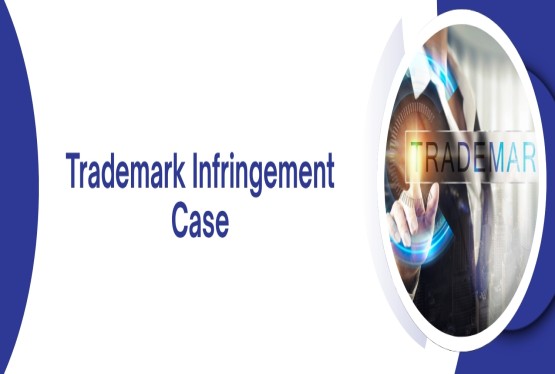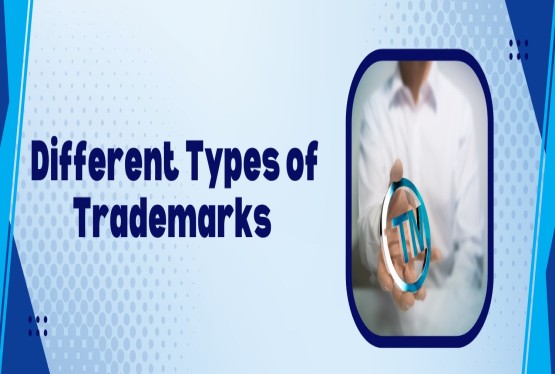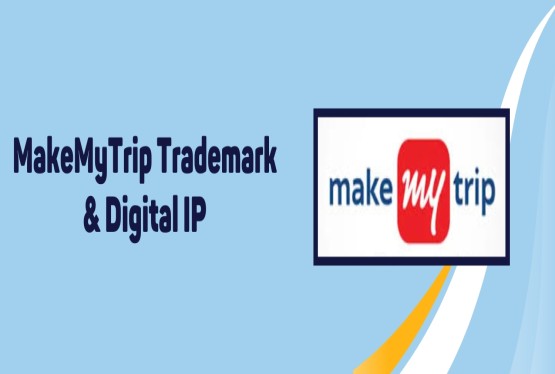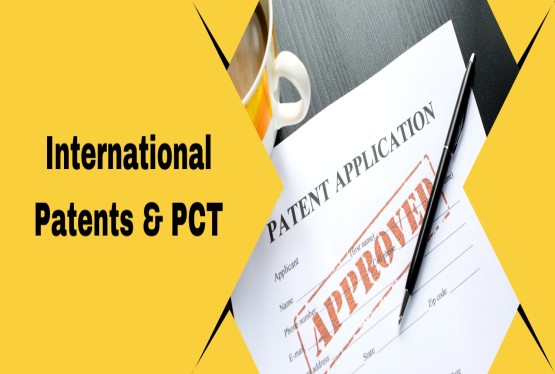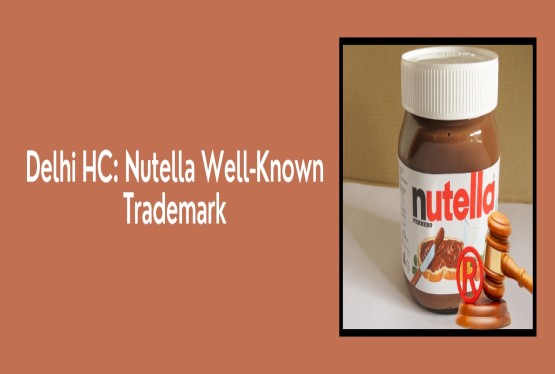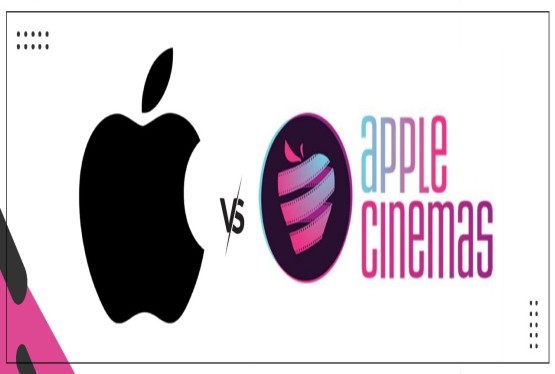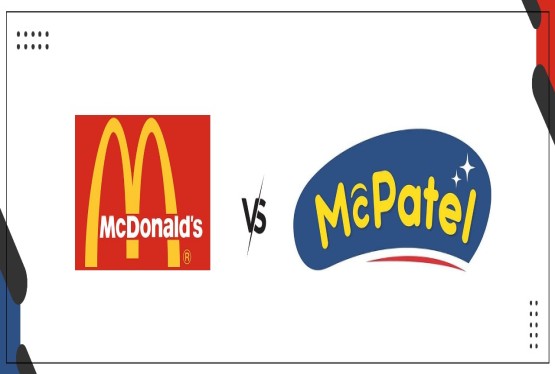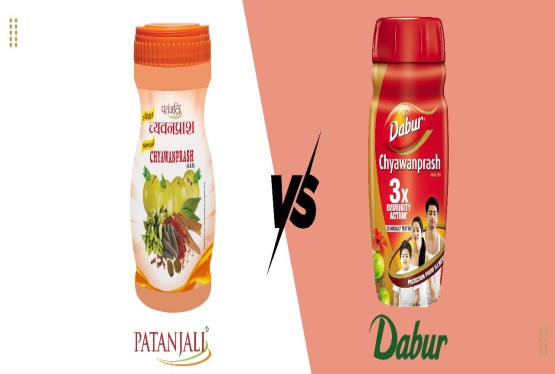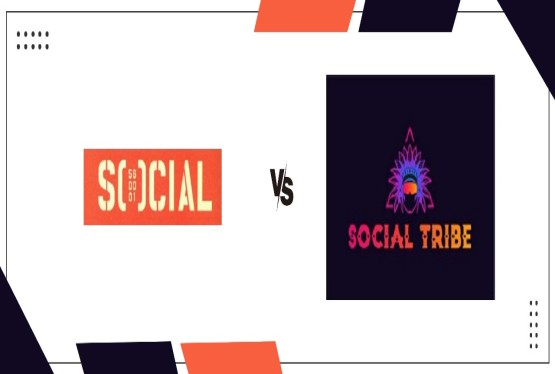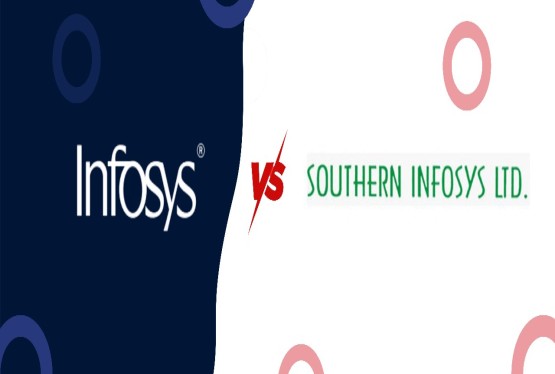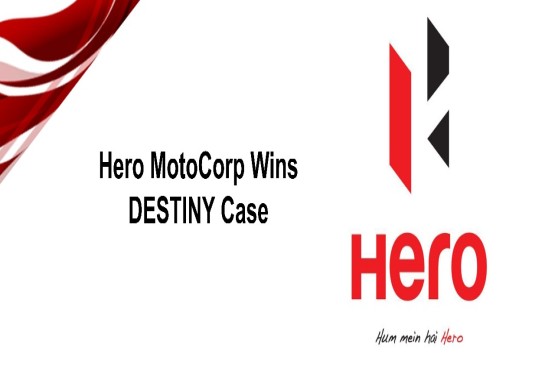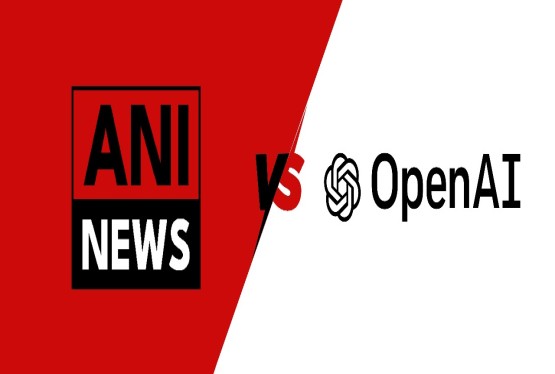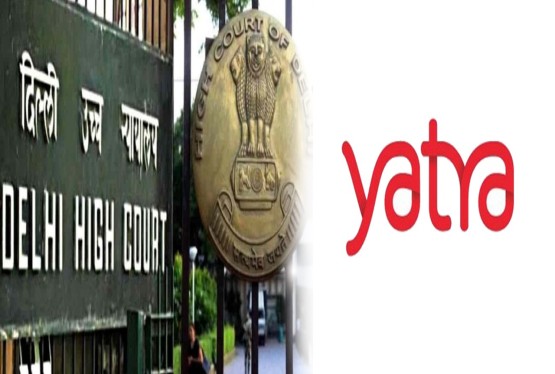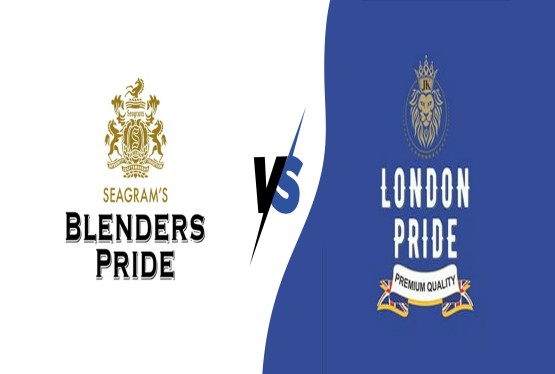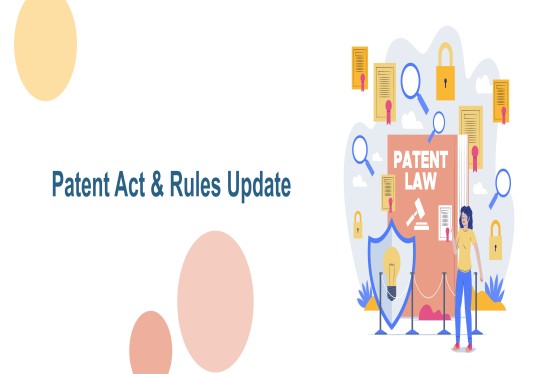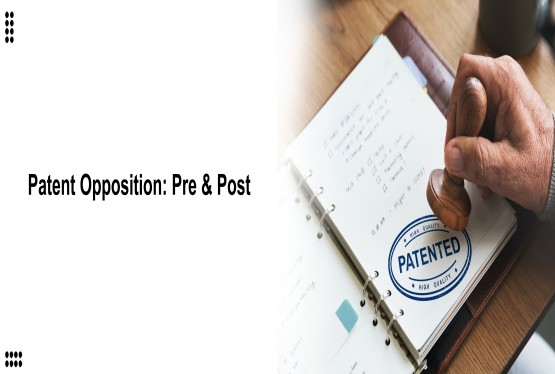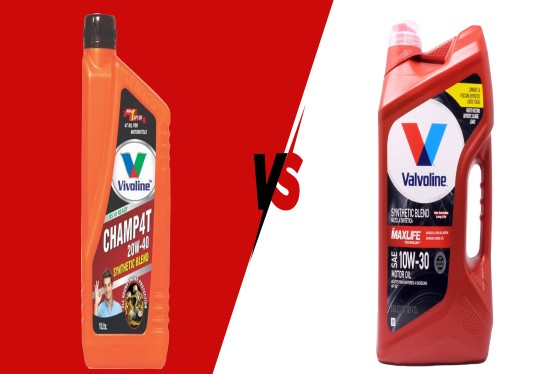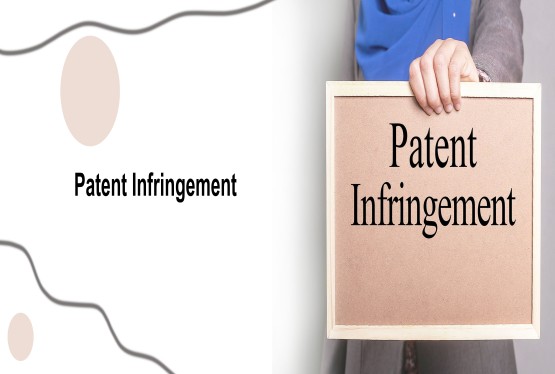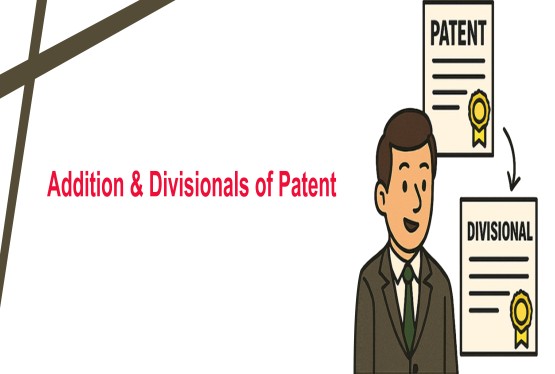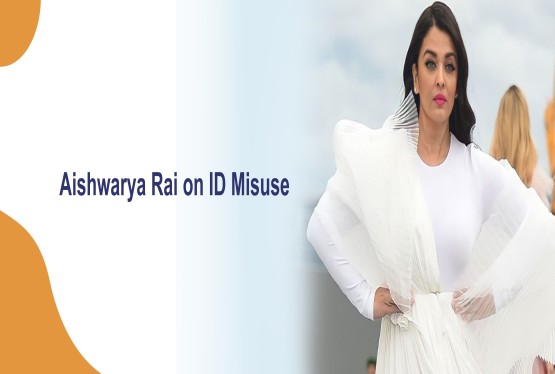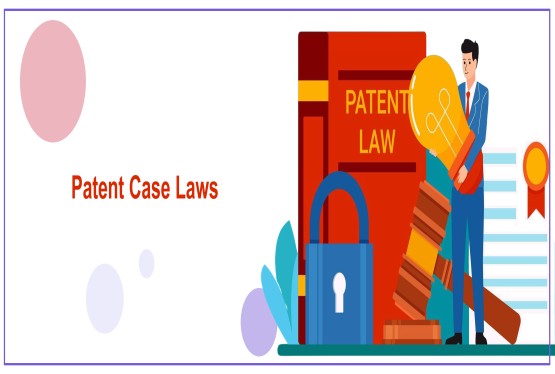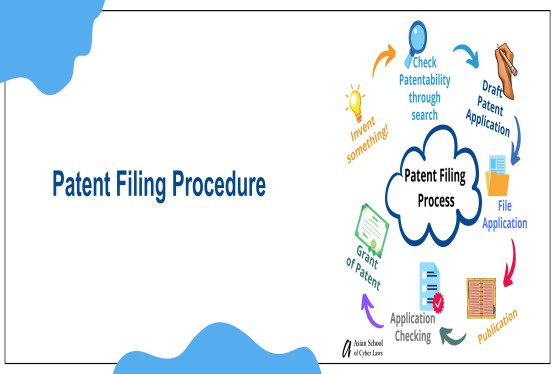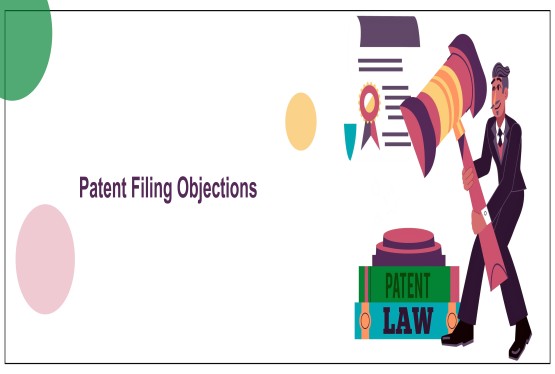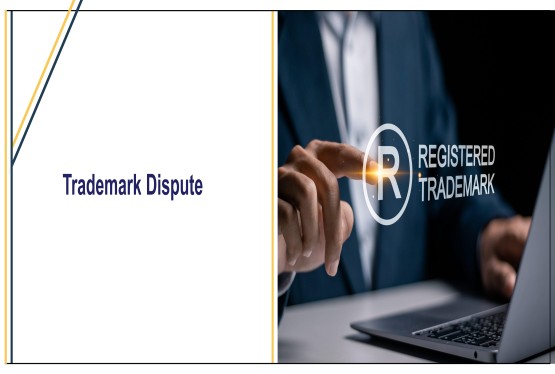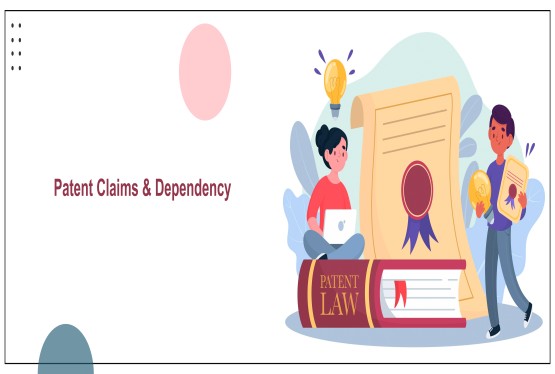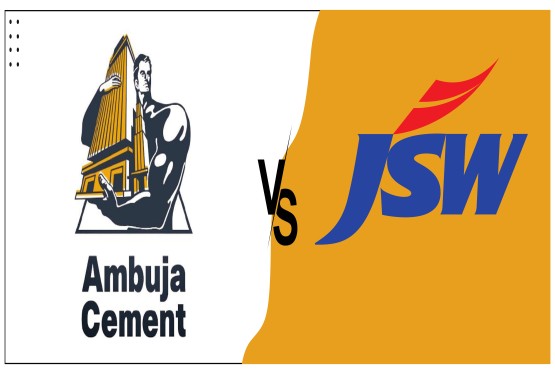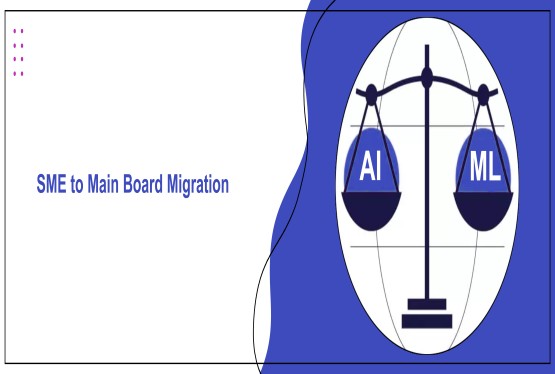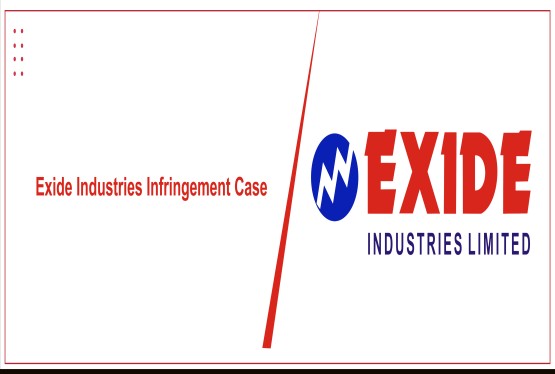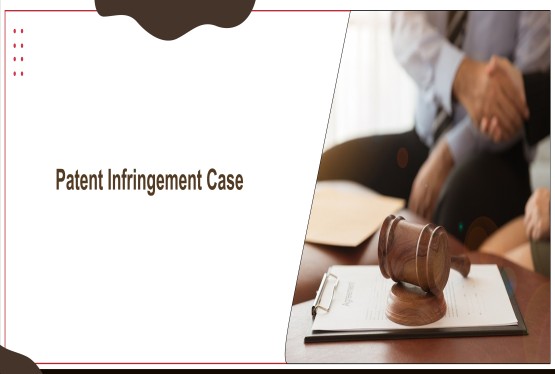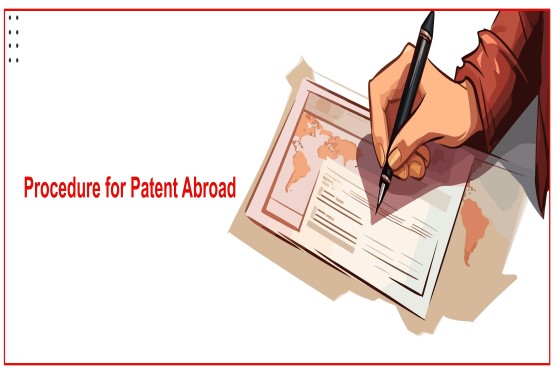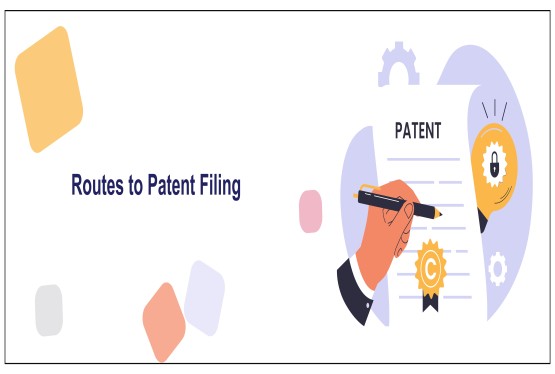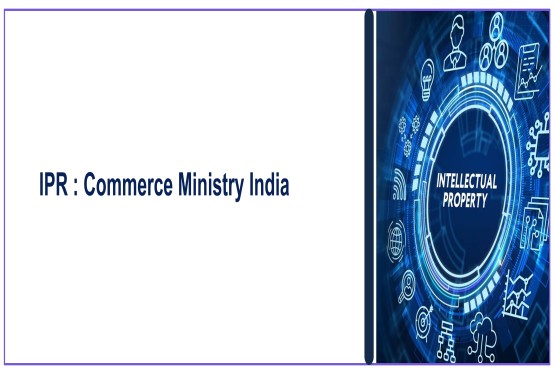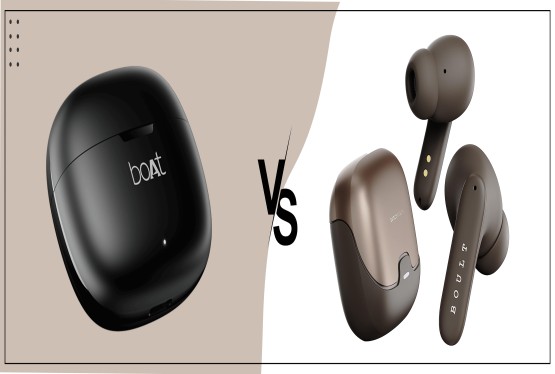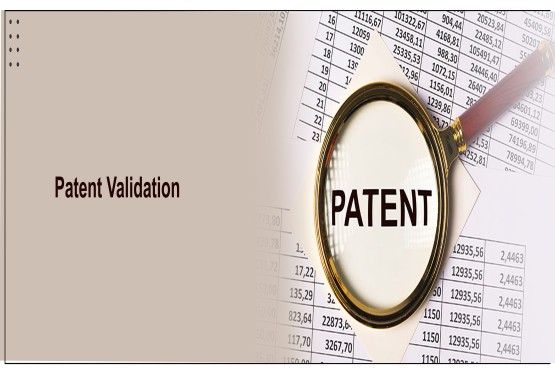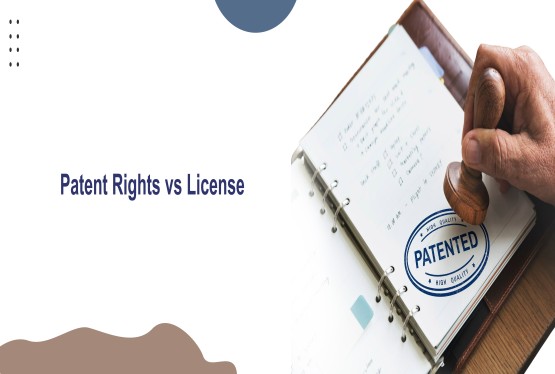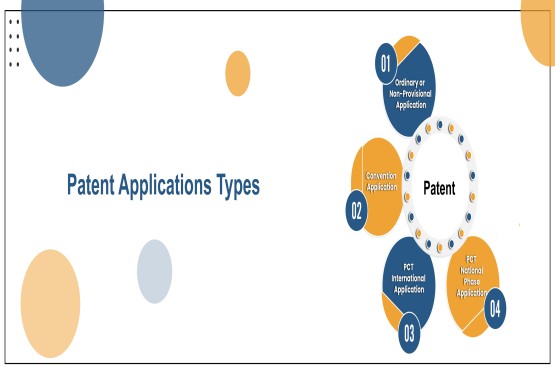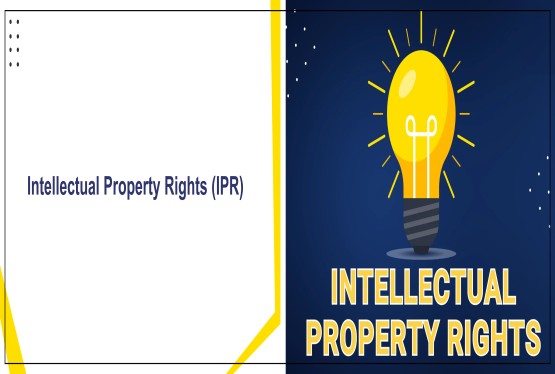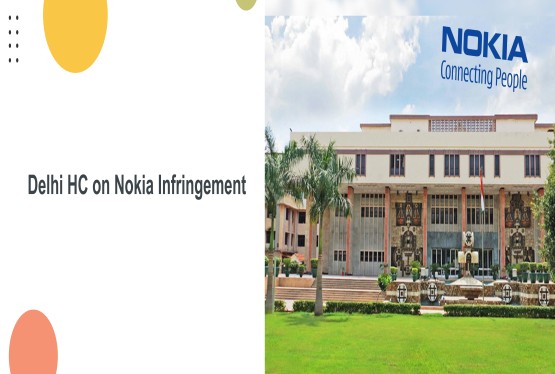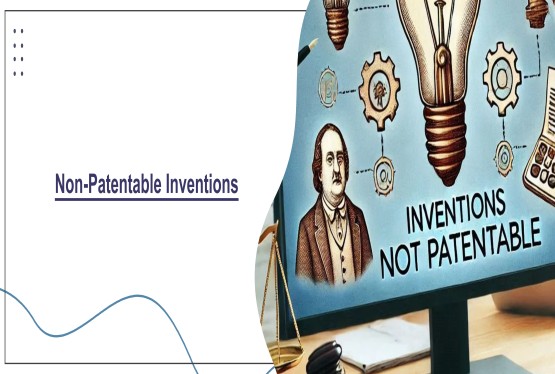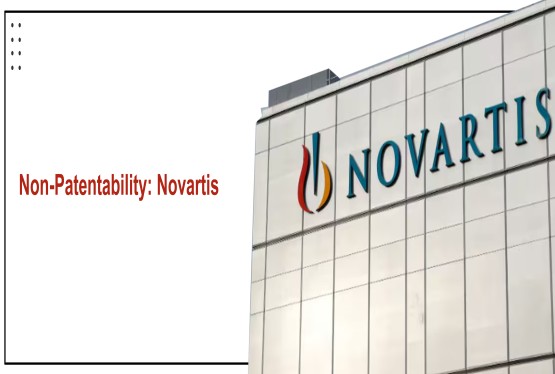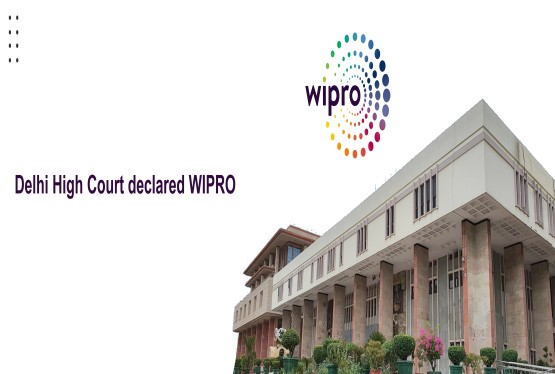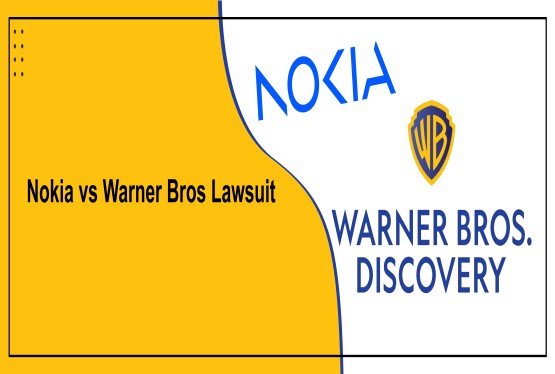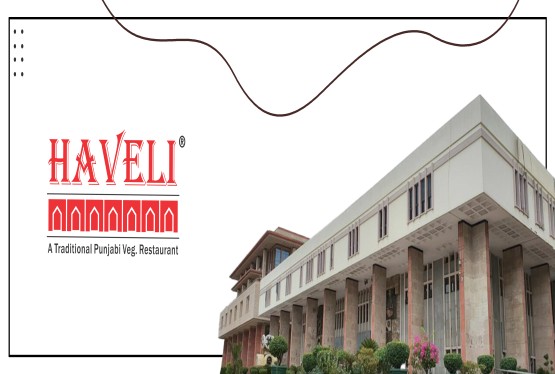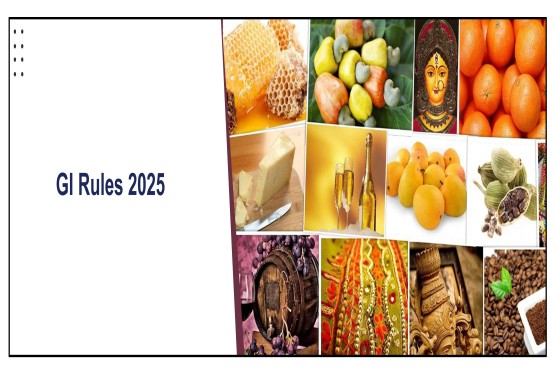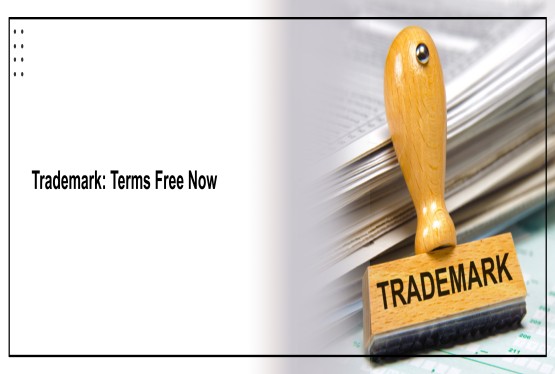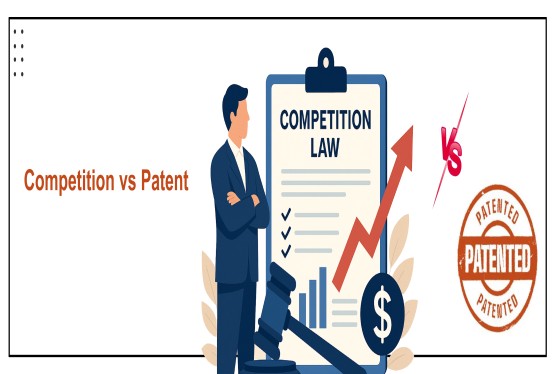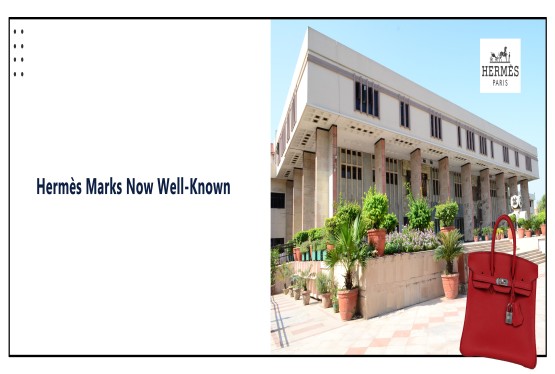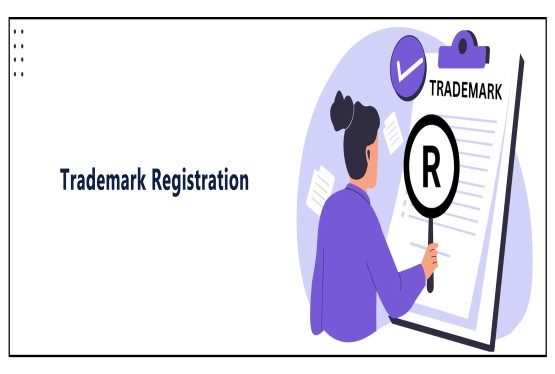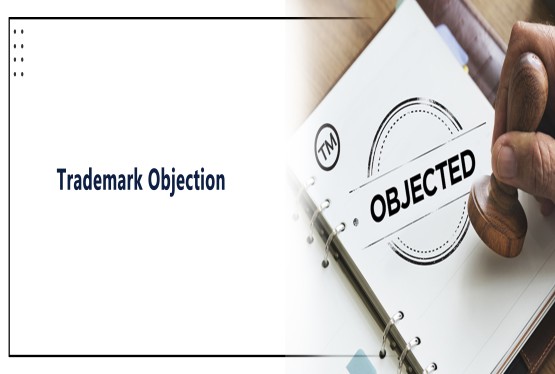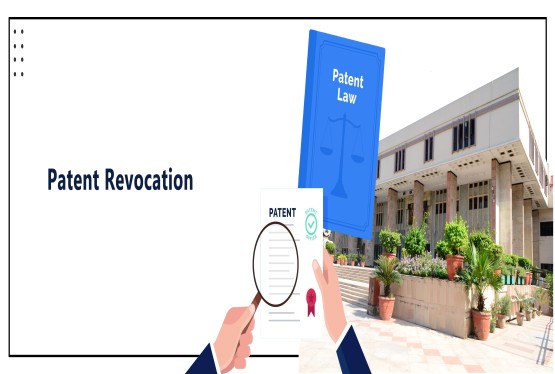Trademarks are an essential aspect of intellectual property law, providing businesses with the means to protect their brand identity and prevent others from using similar marks that may lead to confusion among consumers. In India, the Trade Marks Act, 1999 governs the trademark registration and protection of trademarks, while the Nice Classification system organizes goods and services into 45 distinct classes. Class 10 under the Nice Classification pertains to medical and healthcare-related goods, specifically devices and instruments used for medical purposes. This article delves into the specifics of Trademark Class 10, its legal framework under Indian law, key statutes, relevant case precedents, and challenges in protecting trademarks in this class.
What is Trademark Class 10?
Trademark Class 10 encompasses a wide range of goods related to healthcare, medical devices, and instruments. This includes products used in medical treatments, surgeries, diagnostics, and personal care, making it an important class for companies operating in the healthcare and medical sectors. Given the growing demand for healthcare products and services, especially in the wake of the COVID-19 pandemic, understanding the nuances of trademark infringement and Trademark withdrawal within Class 10 is crucial for businesses and legal practitioners to effectively protect their intellectual property rights and navigate the complexities of this market. Trademark protection in Class 10 has become increasingly critical for businesses in this field.
Some of the key products covered under Class 10 include:
-
Surgical instruments (e.g., scalpels, forceps, surgical scissors)
-
Medical apparatus (e.g., stethoscopes, thermometers, blood pressure monitors)
-
Dental instruments (e.g., dental probes, forceps, dental drills)
-
Orthopedic devices (e.g., splints, braces, crutches)
-
Diagnostic apparatus (e.g., X-ray machines, blood glucose meters)
-
Prosthetic devices (e.g., artificial limbs, pacemakers)
-
Therapeutic apparatus (e.g., massage devices, physical therapy machines)
-
Personal medical care items (e.g., contact lenses, hearing aids)
-
Veterinary devices and instruments (e.g., animal diagnostic tools)
The trademark protection for medical and healthcare products ensures that businesses in this sector can distinguish their goods from those of competitors, thereby establishing their reputation for quality and safety.
Legal Framework for Trademark Class 10 in India
Trademark protection in India is primarily governed by the Trade Marks Act, 1999, which sets out the legal principles for the registration and protection of trademarks. The Trade Marks Rules, 2017 further streamline the registration process and provide guidelines for the protection of trademarks.
1. The Trade Marks Act, 1999: This is the primary legislation governing trademarks in India. Section 2(zb) of the Act defines a trademark as any mark capable of distinguishing the goods or services of one person from those of another. Section 9 of the Act outlines the absolute grounds for refusal of registration, which include marks that are not distinctive or marks that are identical to or similar to existing registered trademarks. Section 11 deals with the likelihood of confusion, an essential consideration in Class 10, given the potential overlap in the names and designs of medical instruments.
2. The Drugs and Cosmetics Act, 1940: While primarily a statute regulating the manufacturing and sale of drugs and cosmetics, the Drugs and Cosmetics Act has relevance to trademarks in Class 10, particularly when medical devices and instruments are involved. This Act ensures that healthcare products meet safety standards, and it can play an important role in ensuring that trademarks for medical products comply with relevant regulations.
3. The Medical Devices Rules, 2017: Under the Drugs and Cosmetics Act, the Medical Devices Rules regulate the manufacture, sale, and distribution of medical devices. These rules are important for businesses seeking to register trademarks for medical devices under Class 10. The registration process for medical devices must align with these regulatory standards, ensuring that only safe and compliant products bear a trademark.
4. The Consumer Protection Act, 2019: This Act aims to protect consumers against unsafe and substandard products. It plays a critical role in enforcing the quality standards of medical goods, ensuring that only those products that meet established safety and efficacy standards can use a registered trademark. The Act empowers the government to take action against counterfeit or defective medical products.
Key Considerations in Registering a Trademark in Class 10
When seeking to register a trademark for products in Class 10, businesses must consider various aspects of trademark law and regulatory compliance:
1. Distinctiveness of the Trademark: For a trademark to be accepted for registration under Indian law, it must be distinctive. A mark that is descriptive, generic, or commonly used within the industry may be refused registration. For example, using terms like “Medical Device” or “Surgical Equipment” in a trademark is unlikely to be accepted, as they merely describe the product. Instead, the trademark should be unique and capable of identifying the specific origin of the product.
2. Functionality of the Mark: Similar to other classes, trademarks in Class 10 cannot consist of functional aspects of the product. For example, a trademark cannot be registered for the shape of a surgical instrument if that shape is necessary for the instrument’s functionality. This rule prevents businesses from monopolizing technical aspects that are essential for the use of the product.
3. Regulatory Compliance: Medical devices and healthcare products are subject to strict regulations in India, including those under the Drugs and Cosmetics Act and the Medical Devices Rules, 2017. Businesses must ensure that their products meet all regulatory requirements before applying for a trademark. Failure to do so may result in the rejection of the trademark application or legal challenges to the trademark’s validity.
4. Safety Standards: Medical devices and products in Class 10 must meet the safety standards outlined by regulatory bodies such as the Central Drugs Standard Control Organization (CDSCO). Companies must ensure that their products are compliant with these standards, as the registration of a trademark for non-compliant products can lead to enforcement actions and damage to the brand’s reputation.
5. Likelihood of Confusion: Given the importance of accuracy and trust in the medical field, trademarks in Class 10 must be carefully chosen to avoid confusion with existing trademarks. For example, a trademark for a new surgical instrument that is similar to an already registered trademark for a widely used device could lead to consumer confusion, which may result in the refusal of registration.
Precedents and Case Law Related to Trademark Class 10
Several cases in Indian trademark law have helped define the application and scope of Trademark Class 10. These precedents highlight the challenges and considerations that businesses face when registering trademarks for medical devices and instruments.
1. Stryker Corporation v. Sushil Kumar (2015)
In this case, Stryker Corporation, a leading manufacturer of medical devices, filed a trademark infringement suit against a competitor, Sushil Kumar, who was selling counterfeit medical devices under a similar mark. The court ruled in favor of Stryker, emphasizing the need to protect medical devices and instruments from counterfeit products that can harm consumers. This case underscores the importance of trademark protection in ensuring that only authentic products are available in the market, particularly in the healthcare industry.
2. Medtronic Inc. v. M/s. Medtronic Pvt. Ltd. (2013)
Medtronic Inc., a leading manufacturer of medical technologies, took legal action against Medtronic Pvt. Ltd. for using an identical trademark in India. The court ruled in favor of Medtronic Inc., reaffirming the principle that trademarks in the healthcare sector must not cause confusion or mislead consumers. This decision reinforced the necessity of robust trademark protection for medical devices and products to avoid compromising consumer safety and confidence.
Challenges in Protecting Trademarks in Class 10
Several challenges exist in protecting trademarks in Class 10:
1. Overlapping Regulations: Medical devices are subject to various regulations under the Drugs and Cosmetics Act and the Medical Devices Rules, which often overlap with trademark law. Navigating these regulatory requirements can be complex for businesses, particularly in ensuring compliance with safety and quality standards.
2. Counterfeiting and Imitation: The medical device industry is a prime target for counterfeiting, as counterfeit medical products can cause significant harm to patients. Trademark owners must take proactive steps to prevent counterfeiting, including monitoring the market and pursuing legal action against infringers.
3. Technological Advancements: The medical field is rapidly evolving, with new devices and technologies constantly emerging. Ensuring that trademarks stay relevant and protectable in this fast-paced environment can be challenging.
Conclusion
Trademark Class 10 covers a vital category of goods related to medical devices and healthcare products. The protection of trademarks in this class is essential for ensuring that consumers have access to safe, authentic, and high-quality medical products. Under the Trade Marks Act, 1999, businesses must navigate various legal and regulatory challenges, including compliance with safety standards and avoiding confusion with existing trademarks. Precedents such as Stryker Corporation v. Sushil Kumar and Medtronic Inc. v. M/s. Medtronic Pvt. Ltd. emphasize the importance of safeguarding intellectual property in the healthcare sector. As the medical field continues to grow, ensuring robust trademark protection for medical devices will be essential for maintaining trust, safety, and innovation in the industry.
Frequently Asked Questions
Q1. What products are included in Trademark Class 10?
Ans. Trademark Class 10 encompasses a wide range of medical and healthcare-related goods. This includes surgical instruments (scalpels, forceps), medical apparatus (stethoscopes, thermometers), dental instruments, orthopedic devices (splints, braces), diagnostic apparatus (X-ray machines), prosthetic devices (artificial limbs), therapeutic apparatus (massage devices), and personal medical care items like contact lenses and hearing aids.
Q2.Why is Trademark Class 10 crucial for businesses in the healthcare sector?
Ans. Trademark protection in Class 10 is critical for businesses in the healthcare sector for several reasons. It allows them to establish and protect their brand identity, preventing competitors from using similar marks that could confuse consumers. This protection is crucial for building consumer trust, ensuring patient safety, and maintaining a competitive edge in the market.
Q3. What are the key legal considerations for registering a trademark under Class 10?
Ans. Key considerations include ensuring the distinctiveness of the mark. Descriptive terms or those that are merely functional may not be eligible for registration. The mark must not be confusingly similar to existing trademarks in Class 10 or other relevant classes. Compliance with safety and quality standards set by regulatory bodies like the Drugs and Cosmetics Act is crucial.
Q4. How do judicial precedents like Stryker Corporation v. Sushil Kumar impact trademark law in Class 10?
Ans. This case, along with other precedents, emphasizes the importance of protecting public health and consumer safety in the context of medical devices. These cases highlight the need for strict enforcement of trademark rights to prevent the distribution of counterfeit or substandard medical products. They guide businesses and legal practitioners in understanding the legal requirements for registering and protecting trademarks in this critical sector.
Q5. What are the challenges faced by businesses in protecting trademarks in Class 10?
Ans. Challenges include navigating the complex regulatory landscape, including the Drugs and Cosmetics Act and the Medical Devices Rules. The risk of counterfeiting is significant in the medical device industry, posing a threat to patient safety and brand reputation. Additionally, ensuring that trademarks remain distinct in a rapidly evolving healthcare sector with constant innovation can be challenging.






























_(b)_of_the_Trademark_Act,_1999_(1)_crop10_thumb.jpg)



_crop10_thumb.jpg)




























_crop10_thumb.jpg)
_crop10_thumb.jpg)






_crop10_thumb.jpg)








_crop10_thumb.jpg)



_crop10_thumb.jpg)





























_crop10_thumb.jpg)

















_crop10_thumb.jpg)






_crop10_thumb.jpg)











































































































































_crop10_thumb.jpg)




































_crop10_thumb.jpg)












_crop10_thumb.jpg)













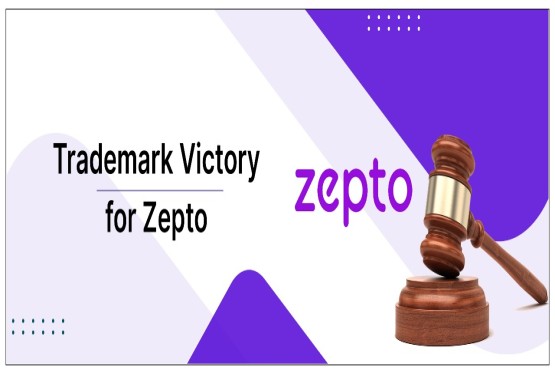

































_crop10_thumb.jpg)






